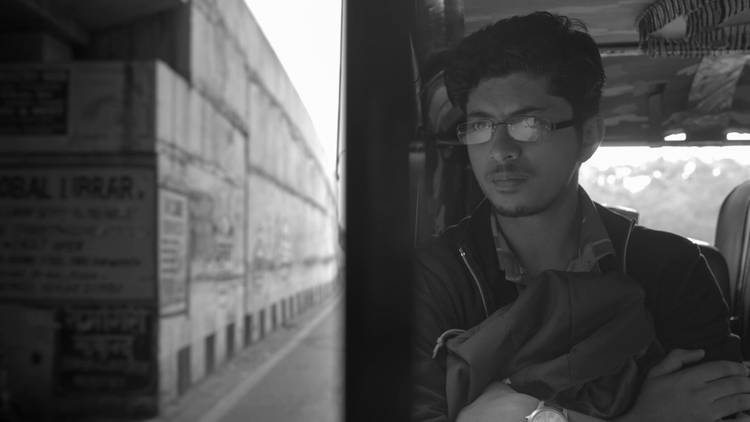An Amazon Prime Video and TVF Original, Panchayat brings a hue of laughter, concern and happiness with some iconic actors.
“But you will get a chance to see the real India, the rural India.You will get a chance to become the Mohan Bhargava of Swades, develop roads and install hand-pumps.” Far away in the rural lands of Phulera village, Balia, Uttar Pradesh, Abhishek Tripathi (Jitendra Kumar) finds himself staring at what his life has come up to.
Panchayat, an eight-episodes web-series written by Chandan Kumar and directed by Deepak Kumar Mishra, for TVF, in collaboration with Amazon Prime Video is a reminder of TVF’s USP- relatability and simplicity. The story of every average Engineering graduate who has throughout their life been ‘just enough’. Abhishek’s failures in life stare right into him every night as his friends decide on the easiest route to Connaught Place and which beer to drink, while he deals with power cuts and lauki.
The fear of being jobless leads Abhishek taking up a 20,000 job as a Secretary in Gram Panchayat at Phulera Village. Phulera doesn’t grow within him, a part of him lives in denial of his situation, he craves to get back in the corporate world with a 12 Lakh CTC.
The themes of unemployment is discussed largely, as youths with graduate degrees take up meagre jobs in fear of not taking a drop year. Caste and patriarchy are two other major themes which are largely discussed yet shown subtly. Jibes of ‘same caste’ are hinted at in several instances. The omnipresence of patriarchy is well-evident from the very first episode as the female Pradhan is left to perform household chores while the ‘Pradhan-Pati’ takes over the administration.
Neena Gupta or Manju Devi as Pradhan is phenomenal! The way she is continually underestimated, reserved to bringing more puris and delving into familial issues instead of administrative or developmental issues is a huge statement in itself. Raghubir Yadav or Brij Bhushan Dubey is charismatic on screen who suits the accent and body language of a village-goer very efficiently.

Shantanu Srivastava, an Engineer, recommended the show to his parents, he believes it to be a family entertainer. “I loved the setup and the iconic actors. The issues covered are never directly discussed with parents and the show seemed to be the perfect setup for the conversation starter. Moreover, who doesn’t want to see more of Neena Gupta?”
However, two characters and actors take away your heart, Faisal Malik as Prahlad and Chandan Roy as Vikas who have delivered award-winning performances. Chandan Roy is a treat to the eye who remains patient, and steals the show every time. Things take a wild turn when Jeetu aka Abhishek decides to prepare for CAT in aim of a better future (read: more money). Even though the outcome is not desirable, a brilliant act of cinematography, inspires the lead actor to take the next step.
The ending scene leaves viewers on an optimistic note, “gaanv mein kuch doondh jisse tujhe pyaar ho jaye (find something in the village which you fall in love with)” The ending ensures that the readers are in for a twist of events in the successive season.
However, Panchayat might start off on a boring note and make you ask yourself “that’s it?” Certain incidents might agitate you on Abhishek’s silence and indifference, his silence at discrimation on the basis of gender, class and caste is problematic owing that he is a sheher ka ladka. The absolute talent of Neena Gupta as Manju Devi is unexplored and confined to domestic boundaries. One hopes to see more of her like the last episode offers, however, the follow-up raises expectations of seeing her in yet another exuberant performance in the subsequent season.
Satviki Sanjay, a student of Miranda House who just began watching the show, says, “It’s a warm show that shows the differences in opinion of a city boy stuck in rural India. It encapsulated a feeling of warmth and togetherness one rarely finds in the urban space, as well as dealt with social issues with humor and relevance. I loved the performance of all the actors in the show.”
Featured Image Credits: Amazon Prime Video
Anandi Sen

